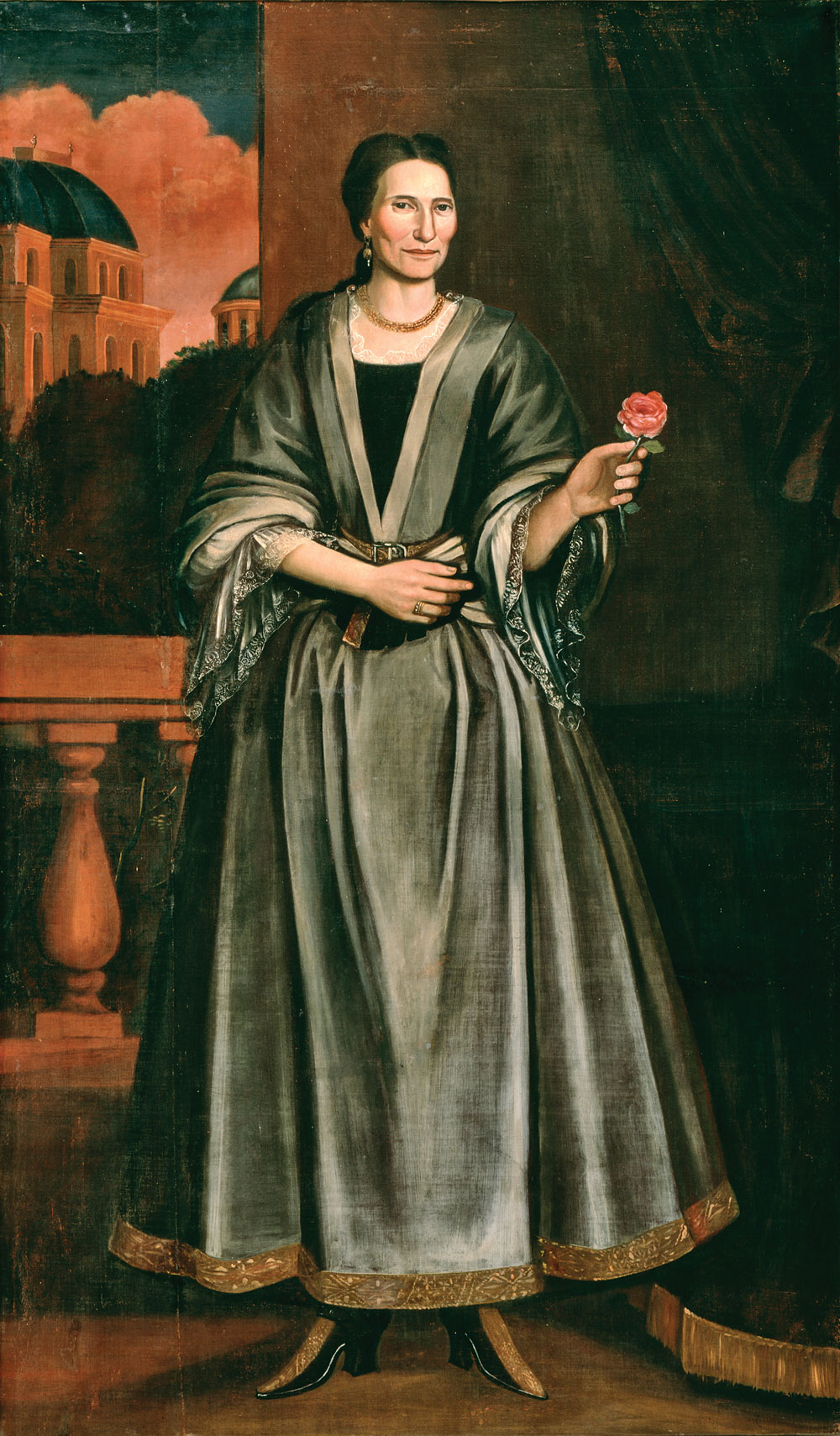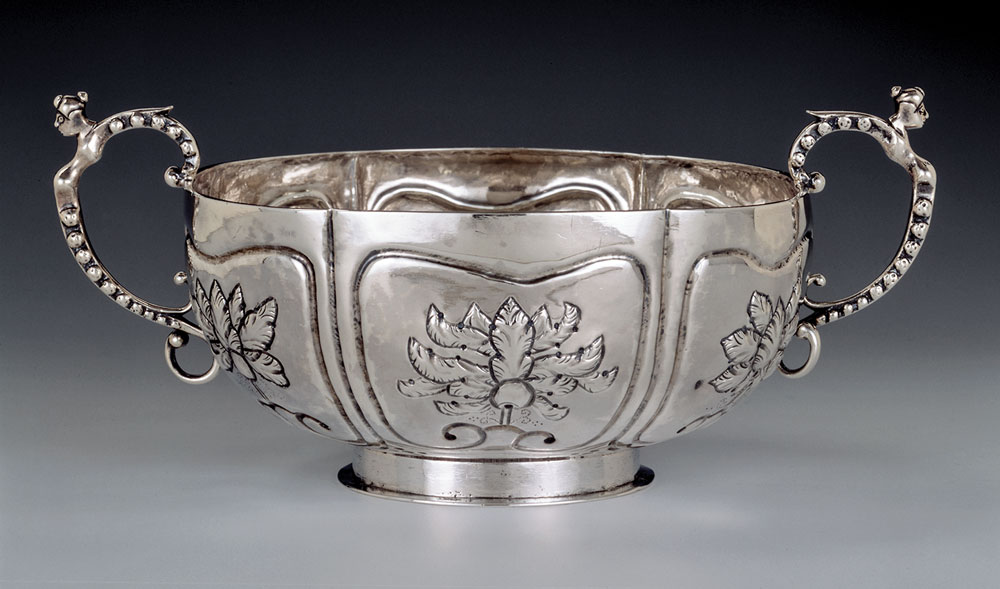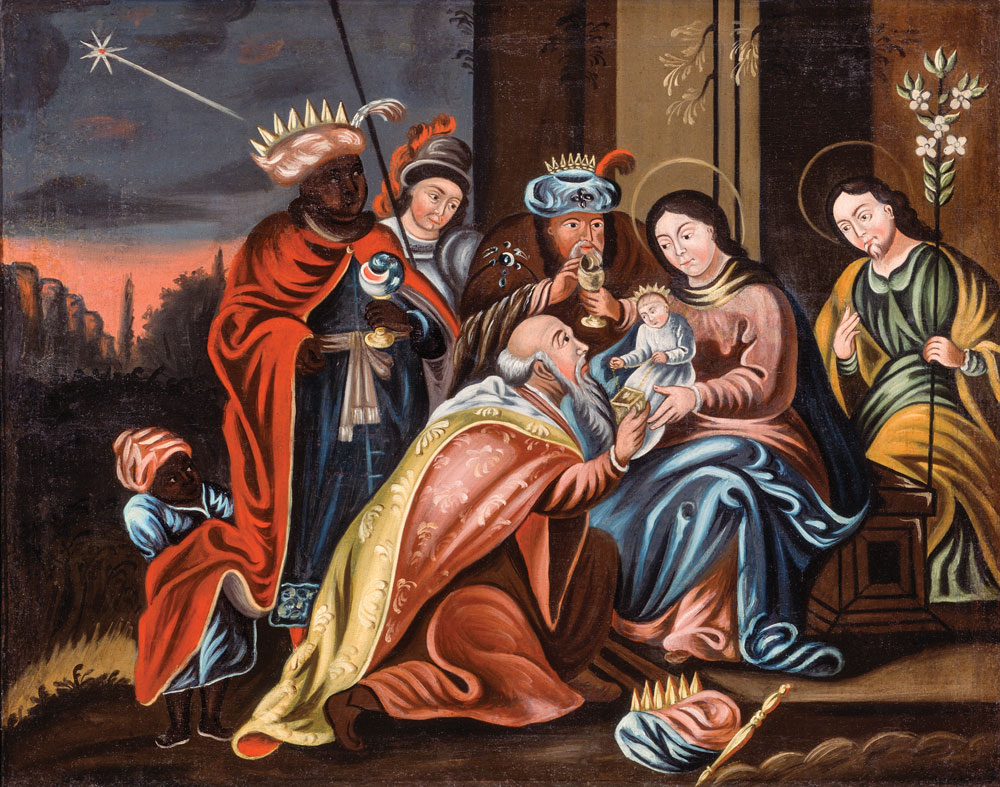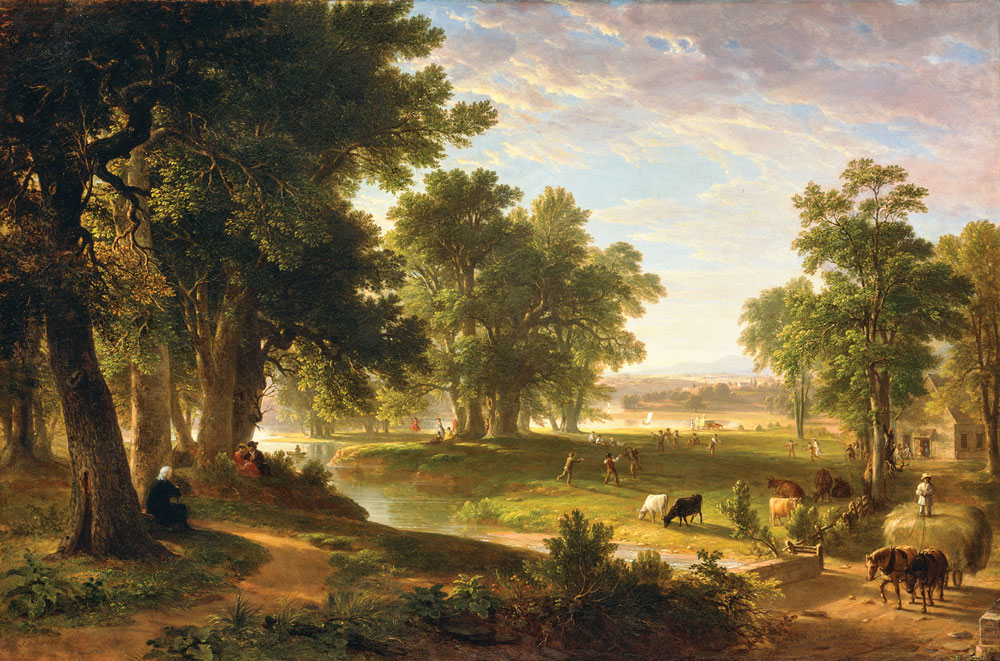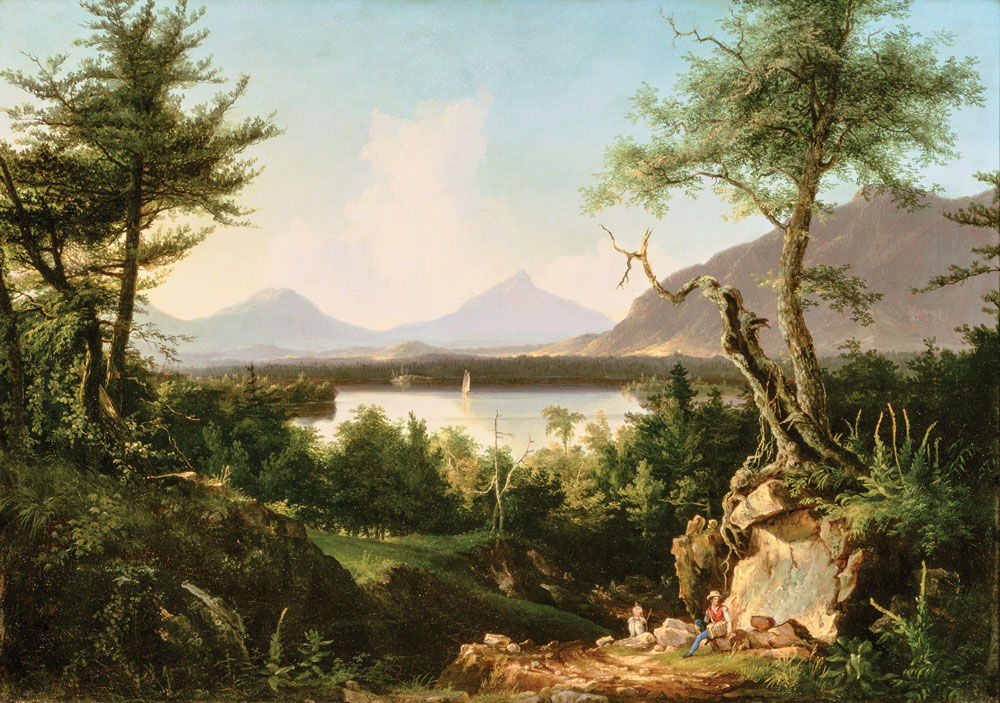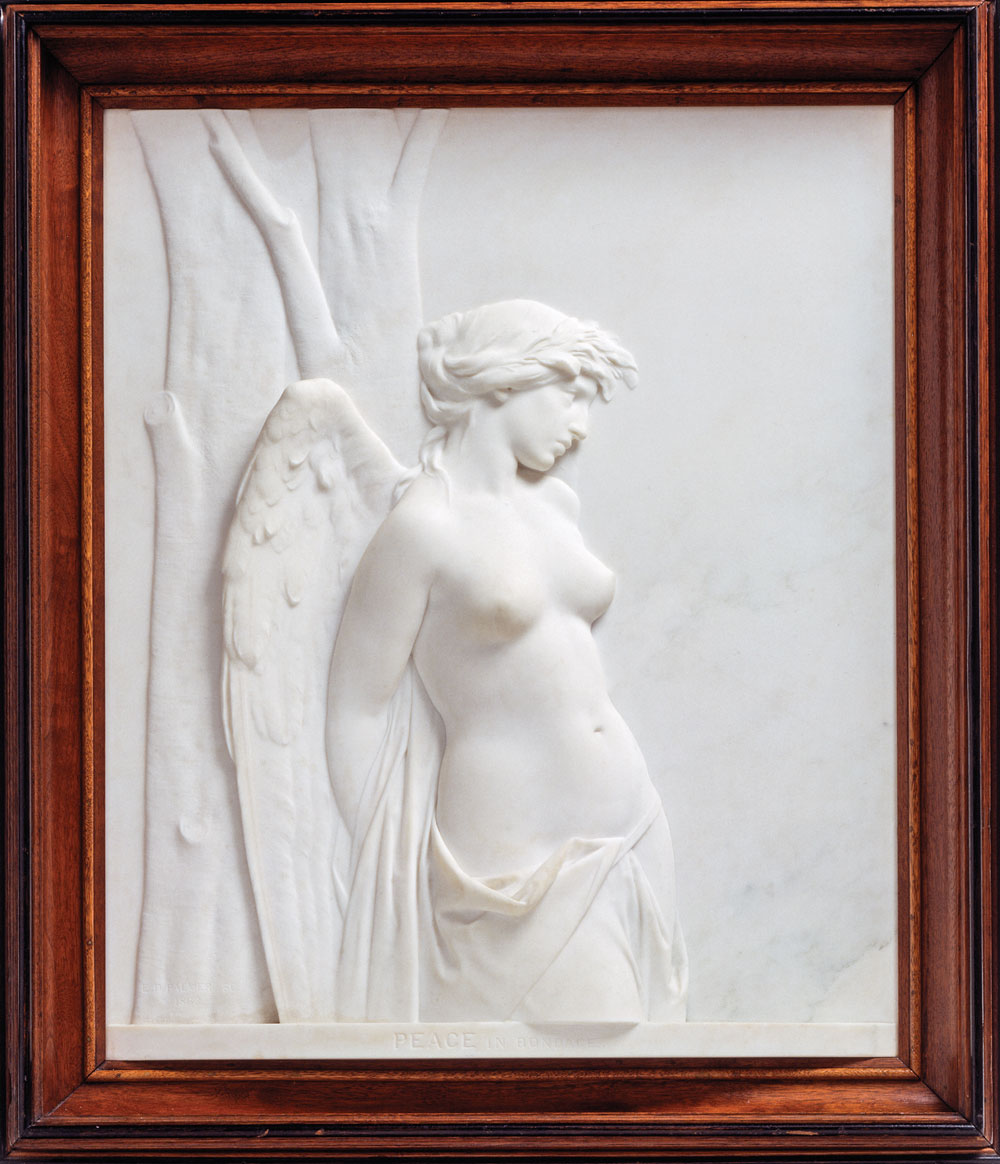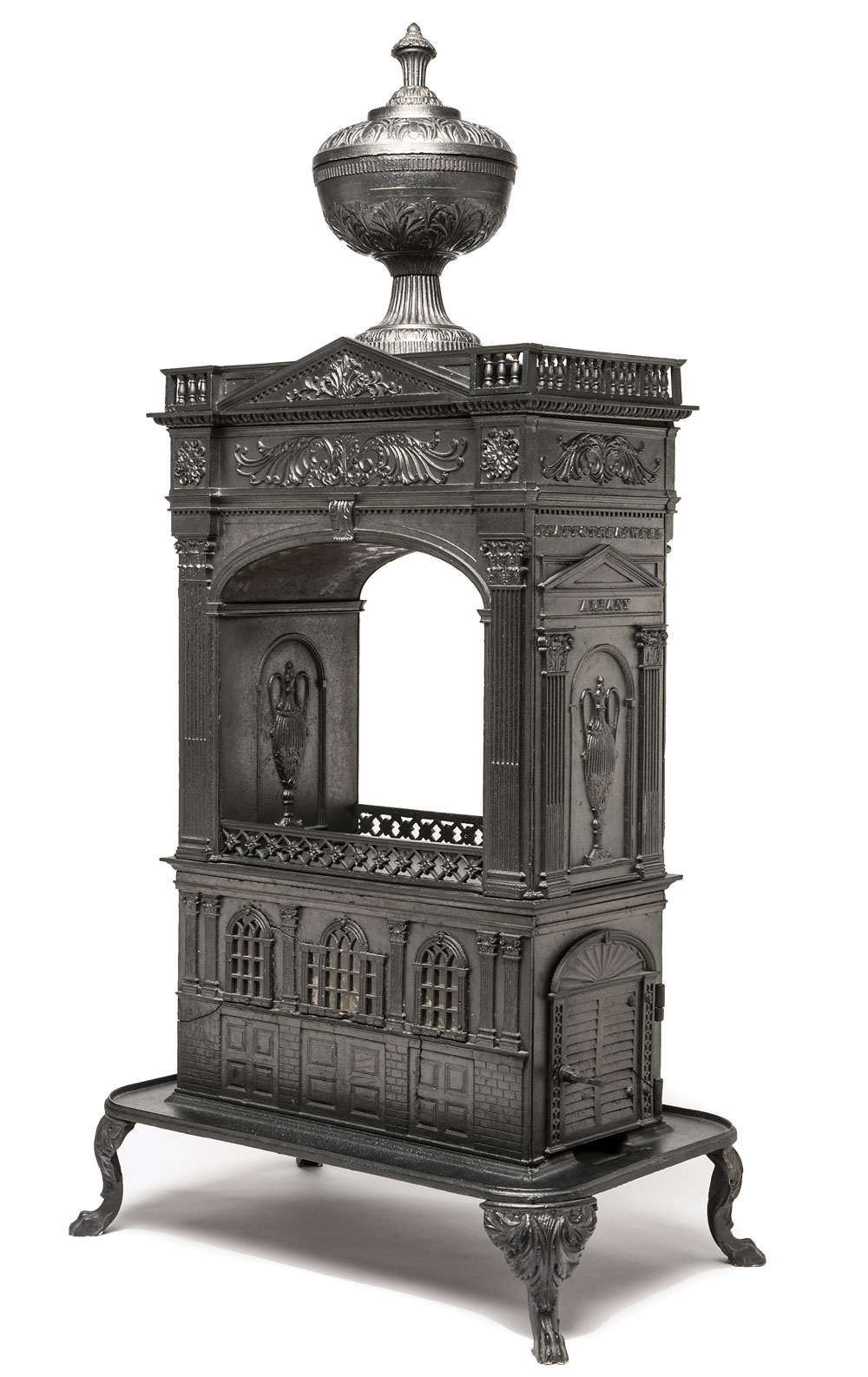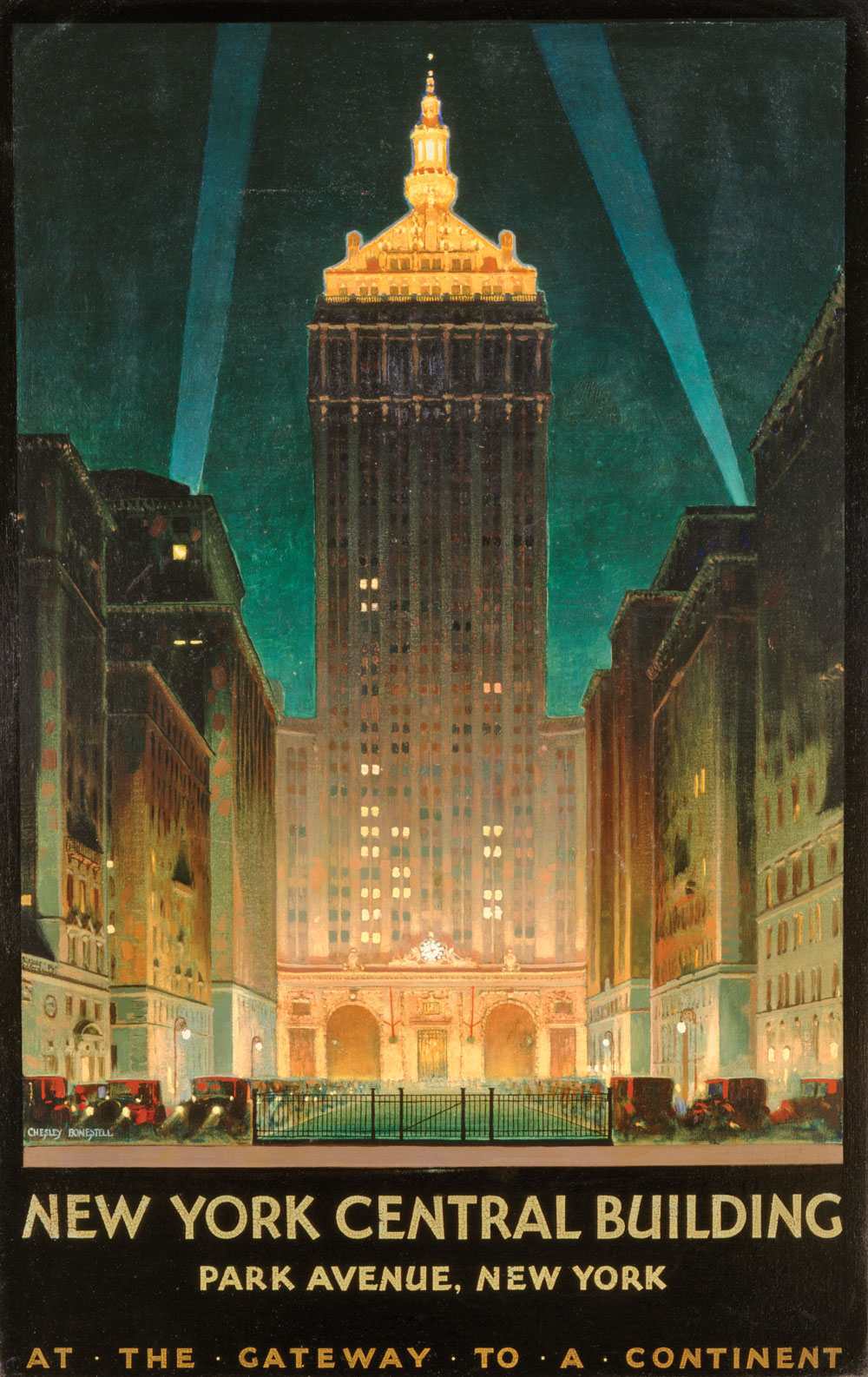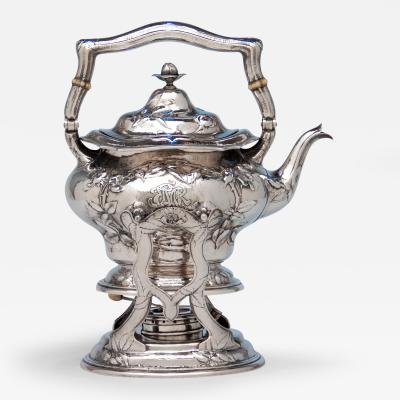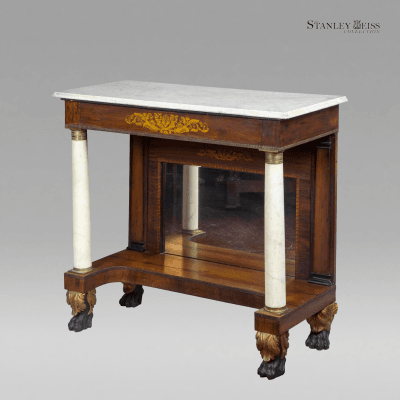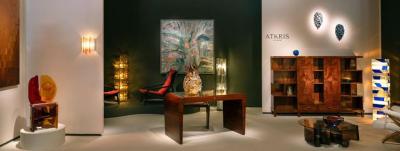The Albany Institute of History & Art: Collecting the Upper Hudson Valley
This archive article was originally published in the Autumn 2016 issue of Antiques & Fine Art magazine.
Few American museums can reflect on such a long history, or boast that George Washington was President at their founding, as can the Albany Institute of History & Art, which celebrates its 225th anniversary this year. On February 26, 1791, a group of forward-thinking men met in New York City’s Federal Hall—the very building where Washington took the oath of office less than two years earlier—and accepted the bylaws for the Institute’s direct ancestor, the Society for the Promotion of Agriculture, Arts, and Manufactures.
In 1797, the Society relocated to Albany, accompanying the New York State government, and commenced a lengthy transformation from a society interested mainly in agricultural and manufacturing improvements to a museum of art and history. During those years the Society merged with other organizations and underwent several changes in name, finally becoming the Albany Institute of History & Art in 1926, with a mission to collect and document the arts, history, and culture of the Upper Hudson Valley (Fig 1).
Over the past 225 years, the Institute has assembled the foremost collection of fine and decorative arts connected with the region. Given its location in one of the earliest Dutch settlements in the New World, colonial Dutch portraits, scripture paintings, and silver feature prominently.1 Most came to the Institute in the twentieth century, a result of the greater appreciation for early American arts fostered by the 1886 Bicentennial celebration of Albany’s city charter and the subsequent formation of the Albany Historical and Art Society, which merged with the Albany Institute in 1900.
One painting considered, but not included, for Albany’s Bicentennial Loan Exhibition, organized in conjunction with the 1886 celebration, was that of Ariantje Coeymans Verplanck (1672–1742) (Fig. 2). Attributed to the itinerant painter Nehemiah Partridge (1683–ca. 1737), Ariantje is depicted standing in front of an Italianate building that Partridge copied from European prints. Partridge painted the portrait as early as 1718 or possibly as late as 1724, a year after Ariantje’s marriage to David Verplanck, who was twenty-three years her junior. The painting hung in the house that Ariantje and her brother Samuel built south of Albany, on land in the Coeymans Patent. It descended through the family until the early twentieth century, when Gertrude Watson of Pittsfield, Massachusetts, purchased it and bequeathed it to the Institute in 1938.
Distinctive in Upper Hudson and Mohawk River Valley Dutch households were Biblical paintings illustrating scenes from the Old and New Testaments, of which the Institute owns the largest single collection. Eighteenth-century travel accounts and probate inventories make numerous references to “scripture paintings” in colonial Dutch homes. Most were painted by itinerant limners, such as John Heaton, Nehemiah Partridge, and others, who based their compositions on printed illustrations from imported Dutch Bibles. The Institute’s Adoration of the Magi, from the book of Matthew, descended through the family of Johannes Ten Broeck and his wife Sara Gansevoort (Fig. 3), but likely belonged originally to Sara’s parents, Harmanus Gansevoort and Magdalena Douw Gansevoort.2
The Institute’s extensive silver collection contains forms that reflect Dutch cultural traditions, such as a large paneled bowl with caryatid handles fashioned by Albany silversmith Jacob C. Ten Eyck (1705–1793) (Fig. 4). Known as a brandewijnskom, the bowl held a mixture of raisins and brandy that was eaten with a silver spoon and passed among guests at weddings, funerals, and other family gatherings, including the kindermaal, the traditional Dutch celebration honoring mothers and newborn infants.
The Hudson Valley was home to America’s first indigenous school of art, the Hudson River School an informal group of artists working during the second and third quarters of the nineteenth century who drew inspiration from the American landscape. The Institute maintains a significant collection of their paintings, drawings, and sketchbooks, several with direct connections to Albany. Asher B. Durand’s (1796–1886) large canvas, An Old Man’s Reminiscences (Fig. 5), is a fine example.
In 1846, the Albany Gallery of Fine Arts opened as a venue for art exhibitions. At the third exhibition in 1848, the Gallery included Durand’s painting—the artist’s response to the eighteenth-century poem “The Deserted Village” by Oliver Goldsmith. The work was so well received in Albany that the Gallery purchased it through a fund-raising lottery; it remained with the Gallery until its dissolution in 1854, at which time Durand’s painting and twenty others were given to the Young Men’s Association. In 1900, the paintings were transferred to the Albany Institute.
The Albany Institute was one of the first museums in the twentieth century to revive interest in the Hudson River School when it opened a retrospective exhibition in November 1941 of works by Thomas Cole (1801–1848). The Institute’s Cole collection includes nineteen paintings, forty-nine drawings, one sketchbook, seven architectural drawings, four prints by Cole, and thirteen prints after his paintings, in addition to letters, account books, and other manuscript materials.3 In 1949, long-standing Institute patron Dorothy Cogswell donated Cole’s painting Lake Winnepesaukee (Fig. 6), which the artist completed in 1827 or 1828 for the affluent Albany area landowner Stephen Van Rensselaer III. Van Rensselaer so enjoyed the painting that he commissioned another, titled View near Catskill.
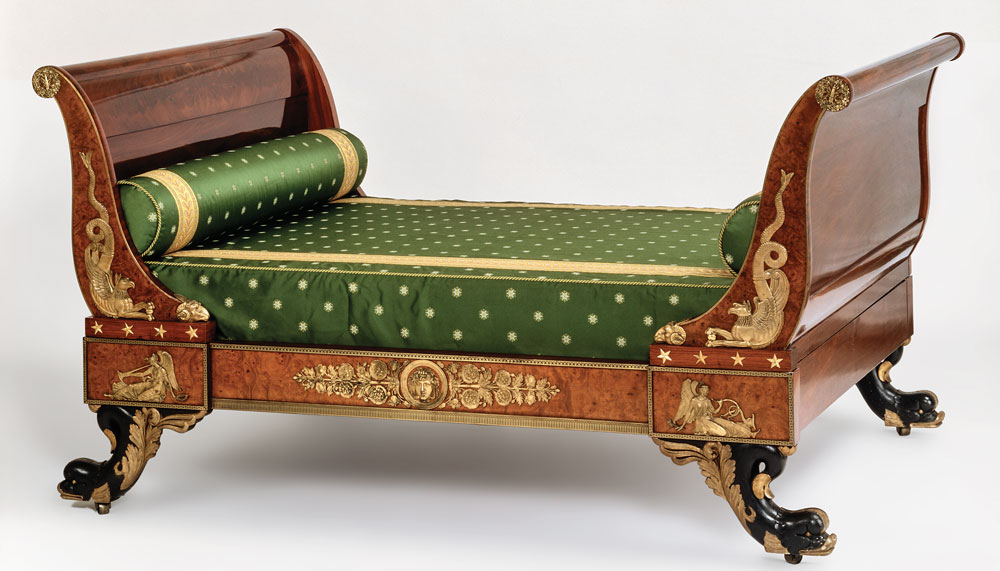
- Fig. 7: Charles-Honoré Lannuier (1779–1819) Bedstead, ca. 1817. Mahogany, burl elm veneer, ash with gilt and vert antique decoration, eastern white pine, soft maple and hard maple, cherry, rosewood veneers, cut brass inlays, and ormolu mounts. H. 45-1/2, W. 85-1/2, D. 60 inches. Albany Institute of History & Art; Gift of Constance Van Rensselaer Thayer Dexter, great-granddaughter of Stephen Van Rensselaer IV (1951.61).
Beginning in the 1630s, the Van Rensselaer family played an important role in the politics, society, and the arts of the Upper Hudson Valley. Numerous works at the Institute have connections to the family, including a stunning bed made in New York City in the early nineteenth century by the French immigrant cabinetmaker Charles-Honoré Lannuier (1779–1819). The elaborate bed in the modish French taste features fine burl veneers, vert antique dolphin feet, and ormolu mounts of French manufacture (Fig. 7). Stephen Van Rensselaer IV and his wife Harriet owned the bed and other furniture by Lannuier—possibly wedding gifts from Harriet’s father, William Bayard of New York City, who, in 1817, ordered another suite of furniture from Lannuier as a wedding gift for his older daughter, Maria.4 In 1951, Constance Van Rensselaer Thayer Dexter, great-granddaughter of Stephen Van Rensselaer IV, donated the bed to the Institute.
The research conducted in the 1970s and early 1980s by curator Tammis Groft, and the publication of Cast with Style: Nineteenth Century Cast-Iron Stoves from the Albany Area (1981), brought attention to the cast iron stoves manufactured in Albany and Troy during the nineteenth century and elevated these functional devices to sculptural art forms. Easy access to fine iron ore and superior casting sand coupled with reliable transportation allowed Albany and Troy to develop into a specialized center for stove production. The area’s numerous iron foundries attracted skilled pattern makers who took inspiration from published pattern books or copied designs from other manufactured goods like American pressed glass. The Albany foundry of Elisha Pratt and John Treadwell produced an elaborate example, a two-column parlor stove made in the mid-1830s, which resembles a stylish federal building complete with Palladian windows, Corinthian columns, and balustrades along the roof (Fig. 8). The whole is topped by a large urn that resembles patterns in George Hepplewhite’s The Cabinet-Maker and Upholsterer’s Guide (1794). The Albany Institute is the single largest repository of regional cast iron stoves, having fifty-two in the collection, in addition to toy stoves and patent models.5
Other prominent collections at the Albany Institute include works by the nineteenth-century sculptor Erastus Dow Palmer (1817–1904), who settled in Albany in 1849. Palmer successfully united the classical ideal with the developing naturalism that characterized sculpture in the second half of the nineteenth century. His threnetic work, Peace in Bondage, reveals the sculptor’s skill in modeling bas-reliefs (Fig. 9). The visual trope of the manacled angel sensitively represents the country’s position during the Civil War, a victim bound by warfare. Also known are works commissioned by the New York Central Railroad that includes original designs for posters by Walter L. Greene, J. Floyd Yewell, and Chesley Bonestell (1888–1986) (Fig. 10). Striking as graphic art, they also capture the excitement and pleasure of modern rail travel during the 1920s and 1930s.
The collections discussed here and many others are on view at the Albany Institute (albanyinstitute.org) through September 4, 2016, in Masterworks: 225 Years of Collecting.
-----
W. Douglas McCombs is chief curator of the Albany Institute of History & Art, Albany, N.Y.
This article was originally published in the Autumn 2016 issue of Antiques & Fine Art, a digitized version of which is available at afamag.com. AFA is affiliated with Incollect.
2. Ruth Piwonka, Roderic Blackburn, et al., A Remnant in the Wilderness: New York Dutch Scripture History Paintings of the Early Eighteenth Century (Annandale-On-Hudson, NY: Bard College, 1980); and, Blackburn and Piwonka, Remembrance of Patria, 209–255.
3. John R Stilgoe, Ellwood Parry, Frances F. Dunwell, and Christine T. Robinson, Thomas Cole: Drawn to Nature (Albany, NY: Albany Institute of History & Art, 1993).
4. Peter M. Kenny, Frances F. Bretter, and Ulrich Leben, Honoré Lannuier: Cabinetmaker from Paris (New York: Metropolitan Museum of Art, 1998).
5. Tammis K. Groft, Cast with Style: Nineteenth Century Cast-Iron Stoves from the Albany Area (Albany, N.Y.: Albany Institute of History & Art, 1981).
















